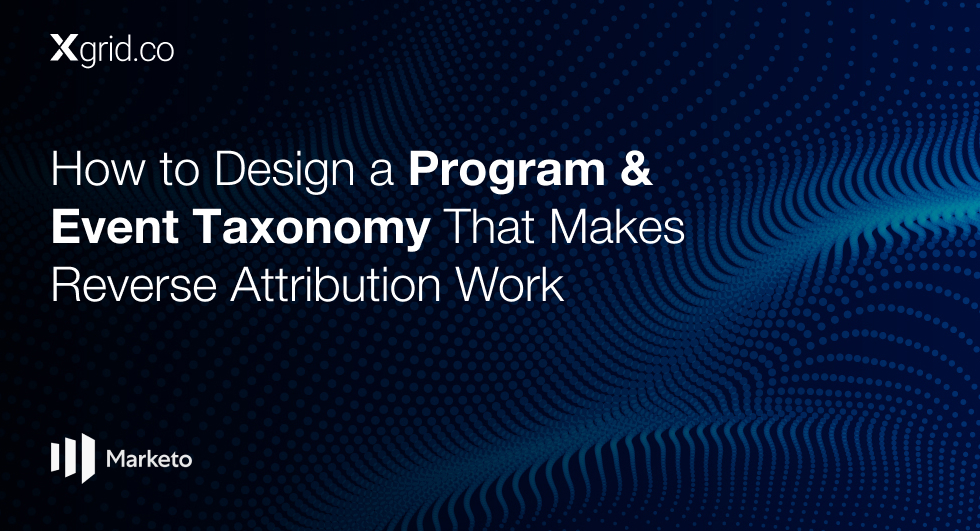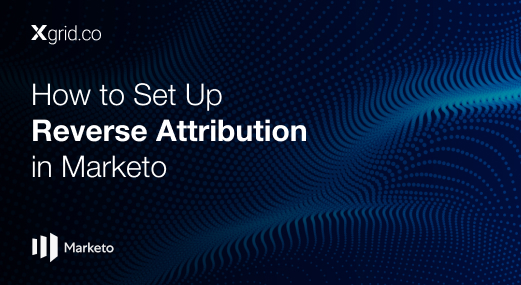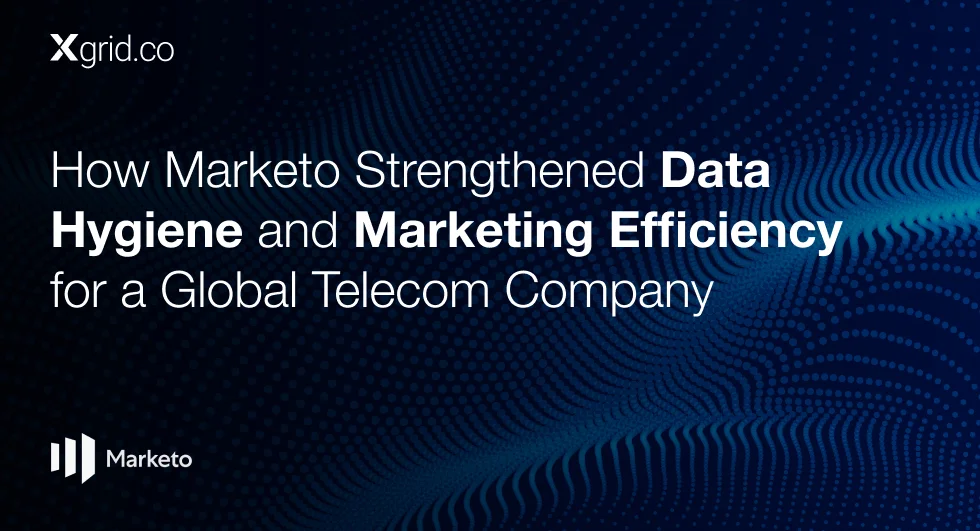Intent and Propensity Modeling: How Marketo Enhances Marketing Strategies
The Role of Intent in Modern Marketing
Henley underscores that in today’s market, it’s crucial for companies to know not just who their customers are, but also what they intend to do. “Marketo enables businesses to identify which customers are most likely to buy and how to tailor their messaging,” he explains.
This shift from basic demographic targeting to intent-based engagement represents a major step forward in marketing effectiveness.
For example, in the context of B2B marketing, understanding a buying group’s intent can be the difference between a closed deal and a missed opportunity.
Marketo helps businesses identify signals – such as interactions with specific content, participation in webinars, or product page visits – that indicate a prospect’s readiness to engage. Armed with this knowledge, sales teams can focus their efforts on the most promising leads, optimizing both time and resources.
Propensity Modeling: A Game-Changer for Targeting
In addition to intent, propensity modeling plays a significant role in Marketo’s approach. Propensity modeling involves predicting how likely a customer is to take a particular action, such as making a purchase, based on their past behavior.
Henley points out that while this concept has been around for a while in B2C marketing, it hasn’t been fully utilized in the B2B space until recently.
“Propensity modeling is crucial for understanding who within a buying group is most likely to be involved in a decision,” he notes. In a B2B setting, where multiple stakeholders often influence purchasing decisions, this insight is invaluable.
For instance, Marketo experts can help identify which members of a buying committee are most engaged with specific content, indicating a higher propensity to advocate for the product internally.
In the B2C space, propensity modeling can be used to predict customer behavior, such as repeat purchases. A luxury retail brand, for instance, might use Marketo to identify high-value customers who have a history of purchasing during specific seasons.
The brand can then tailor its marketing campaigns to these customers, offering personalized promotions that align with their past buying patterns.
Tailoring Engagement for Better Outcomes
Marketo’s ability to leverage intent and propensity data means that companies can engage with their customers in ways that feel relevant and timely.
Henley explains that this isn’t just about sending more messages; it’s about sending the right message at the right time. “Marketo allows us to focus on those customers who are showing intent and engage them with relevant content,” he says.
For example, a financial services company might use Marketo to track which products or services a potential client is researching on their website. If a prospect shows interest in investment planning, Marketo can trigger automated, tailored content that speaks directly to those interests.
This data-driven approach increases the chances of conversion because the messaging aligns with the customer’s current needs and interests.
Empowering Sales Teams with Insightful Data
Henley emphasizes that intent and propensity modeling aren’t just for marketers; they’re equally valuable for sales teams. “When you’re selling a million dollars’ worth of software, knowing who to target within a company is crucial,” he says.
Marketo provides sales teams with actionable insights, allowing them to identify key stakeholders and tailor their outreach efforts accordingly.
This insight-driven approach is especially useful in B2B sales, where deals often involve long sales cycles and complex decision-making processes.
By understanding who within an organization is most likely to respond positively to outreach, sales teams can streamline their efforts, reduce friction, and increase the likelihood of closing deals.
In Summary
Marketo’s use of intent and propensity modeling provides companies with a strategic edge in both B2B and B2C markets. By focusing on customer behaviors and engagement patterns, Marketo helps businesses tailor their marketing efforts to align with customers’ needs, enhancing both the efficiency and effectiveness of their strategies.





